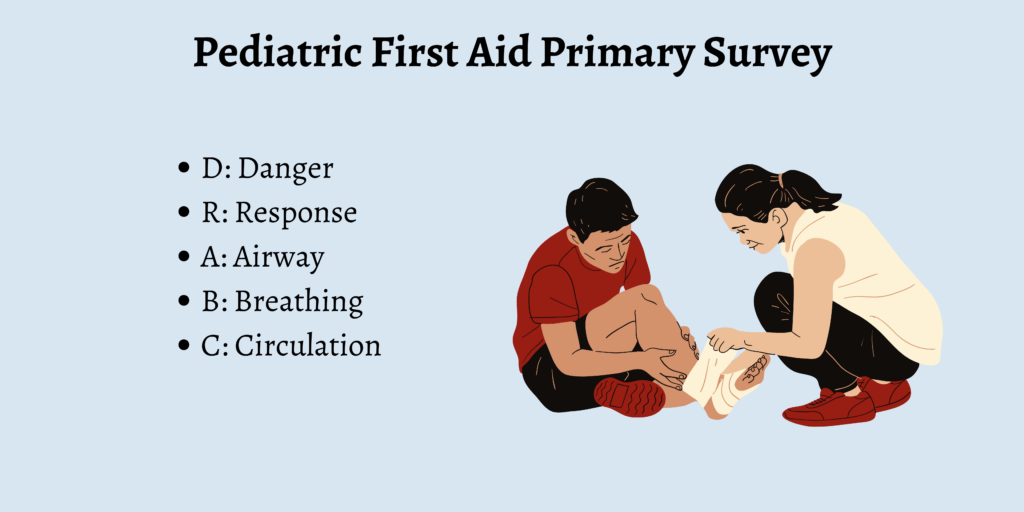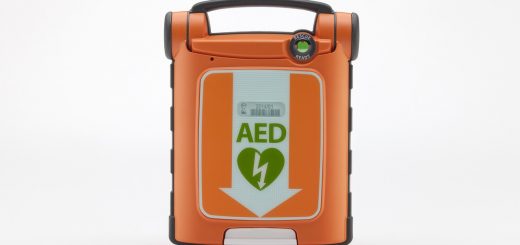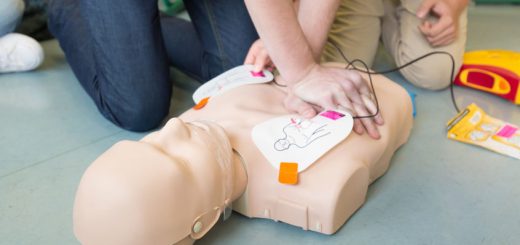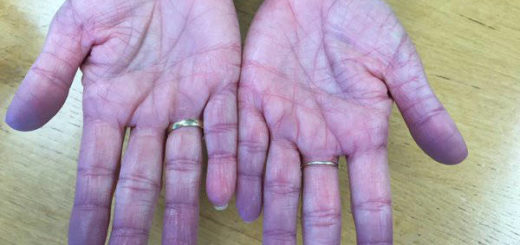First Aid for Childminders: What to Know?
Did you know that a childminder is someone whose job is to look after children when their parents are at work? Yes, it comes under the category of pediatric first aid and there are training sessions involved that make these individuals learn how to handle emergency situations while taking care of young children.
Pediatric first aid refers to the knowledge and skills needed to look after children who are usually under the age of 16. This specialized form of first aid is formulated to be used in environments where children are present. It’s beneficial for the ones who work with infants or children.
Although the syllabus followed for first aid for childminders’ courses is very similar to the one followed for other first aid courses, the major difference is the way in which first aid is implemented in different emergencies.
An example of this would be the difference in performing CPR on adults and performing CPR on a child or infant.
Apart from childminders, pediatric first aid training is provided to:
- Pediatric nurses
- Babysitters
- Parents or families of children and infants
- Staff members teaching preschool kids, school kids, and nursery kids
- Those working in play and activity center jobs
- The ones who work at a sports club
If you want to know what receiving first aid training as a childminder is like, then keep reading. In this article, we will be discussing what pediatric first aid training includes and what you should know about pediatric first aid primary survey.
What Does First Aid for Childminders Include?
First aid for childminders or pediatric first aid, in general, is all about teaching the first aid techniques that pertain to children and infants.
There are certain aspects of first aid that are implemented differently on infants and kids than how they are implemented on adults. Certain examples of this include CPR, recovery position, and first aid for choking.
While going through the training for pediatric first aid as a childminder, you will also be taught the responsibilities of a first aider. You will explore how to deal with an unresponsive child and the ways to properly assess and respond to emergency situations.
There are specific situations that childminders need to be trained for, and that’s what a pediatric first aid course helps with. For instance, a lot of focus is placed on the first aid involved in swallowing harmful objects or choking, as these are common occurrences among infants and children.
You will also learn how to perform CPR on kids and infants and how to use an automated external defibrillator or AED on them with the help of smaller first aid mannequins.
Pediatric First Aid Primary Survey

A primary survey refers to the initial assessment and management involved in dealing with a trauma patient. It is a systematic and quick way to detect life-threatening conditions and treat them in an order of priority.
The acronym DRABC is used to determine the accurate order in which one can perform a primary survey. Here’s what the acronym stands for:
D: Danger
The very first step for a childminder or first aider is to ensure that they are safe and not putting themselves at risk. Also, ensure that there are no bystanders or casualties before beginning the necessary first aid treatment.
R: Response
Before you proceed, you need to check if the infant or child is conscious or not. In order to determine this, just tap or flick the sole of the foot of the child in a gentle manner.
In case you don’t get a response, you will know that the child is in an unresponsive state. If that’s the case, then you must begin the required pediatric first aid immediately.
A: Airway
The next step in the primary survey is for a childminder to identify the presence of any life-threatening airway obstruction and treat it accordingly.
If the child or infant is unconscious, place your hand on their forehead gently. After this, tilt the child’s head back and prop up their chin slightly using your other hand. This will ensure that the airway is open and clear.
B: Breathing
If the child is experiencing a life-threatening condition in terms of breathing, it must be identified and treated immediately. The first step in this is to carefully listen and look for any signs during the first 10 seconds.
If you find the child or infant to not be breathing normally, CPR will have to be started right away. In case the child’s condition still doesn’t improve, call the emergency medical services. You can also request the bystanders to arrange for an AED, if that’s a possibility.
C: Circulation
If a circulation problem is found in the infant or child which could be life-threatening, it needs to be treated right away. Once you’re done examining the circulation, that’s when the primary survey is complete. If the child is still unresponsive, begin with CPR immediately.
FAQs
What is pediatric first aid for childminders?
Pediatric first aid for childminders refers to the training provided to childminders who are responsible for looking after young children.
What are the four essential steps of first aid?
The four essential steps of first aid are assess, plan, implement, and evaluate.
What is the purpose of a childminder?
The purpose of a childminder is to look after babies, toddlers, and children in their own home so as to support their learning and development.
What CPR means?
CPR stands for cardiopulmonary resuscitation and is used to help someone who suffers from cardiac arrest.
Where do childminders work?
Childminders usually work in their own home.
Conclusion
Once you get certified to perform first aid as a childminder, the certification is usually valid for a period of three years. The level 3 certification in question can be attained by attending and completing the level 3 course.
Given the fact that children are often more susceptible to injuries during their growing age, having pediatric first aid training enables you to look after children in a better manner while their parents are away.





